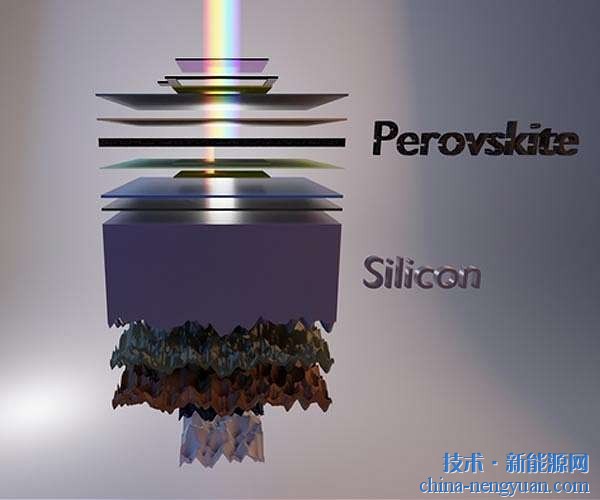Agilent Hill Monitoring Hg/CO Ratio Biomass combustion is one of the important sources of mercury in the atmosphere, and its mercury emissions account for about 10% of the total global emissions. The mercury emitted in this process has the following characteristics: (1) catastrophic, ie emits large amounts of mercury in a short period of time; (2) can carry large amounts of particulate mercury, which can promote the settlement of mercury in the area around the emission source. Rapid increase in the process accelerates the mercury methylation process in the water environment, creating potential ecological risks. In the spring, the Indo-China peninsula is the area where biomass of forest biomass is most frequently burned in Asia. The CO emitted from its biomass combustion process can reach up to 20,000 tons. The southwest region of China is bordered by the Indochina peninsula. Therefore, the large amount of mercury discharged from the biomass combustion process in the region is undoubtedly one of the important sources of atmospheric mercury in the Southwest China. According to atmospheric mercury, CO, and meteorological monitoring data for 2 years in Ailaoshan, Puxi County, Yunnan Province, Feng Xinbin, a researcher at the Institute of Geochemistry of the Chinese Academy of Sciences, used the relevant slope, backtrack model and binary mixture of Hg/CO. The model carried out a detailed study on the mercury released from the biomass combustion process in Indochina. Research shows that the air mass reaches the Ailaoshan monitoring station through the biomass burning area. The Hg/CO slope in the atmosphere is significantly different from the industrial source emission and the slope of the background atmosphere, and the Hg/ forest fire identified in other parts of the world The slope of CO is consistent. In the Ailao Mountains in spring, the 25% air mass Hg/CO ratio is caused by the cross-border transport of mercury emitted from biomass burning in Indochina. The average annual mercury discharge from biomass burning in Indochina is 11.4±2.1 tons, of which 2.2±0.4 tons of mercury settles to the area around the emission source. According to the 2010 global anthropogenic mercury emissions inventory report, anthropogenic emissions of ~25 tons of mercury from the Indo-China peninsula indicate that biomass combustion is an important source of atmospheric mercury in the region. The comparison results show that the mercury emitted from the biomass burning in the Indo-China peninsula is one of the important reasons for the increase of mercury concentration in the atmosphere at the local and southwestern China. The study was funded by the National "973" Program (2013CB430004), and the related results (Transboundary transport and deposition of Hg emission from springtime beanlogging in the Indo-China Peninsula,doi:10.1002/2015JD023525) in the International Journal of Atmospheric Sciences Journal of Published on Geophysical Research-atmosphere. The study was supported by the national observation station at the Ailaoshan National Field Station of Xishuangbanna Tropical Botanical Garden, Chinese Academy of Sciences. High Voltage Led Strip Light,Led Strip Light For Outdoor Decoration,Waterproof Led Strip Light,Double Row Led Strip Light Shenzhen You&My Electronic Technology Co., Ltd , https://www.youmyledlight.com
New progress in research on cross-border transport of mercury from biomass combustion in Indochina